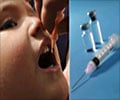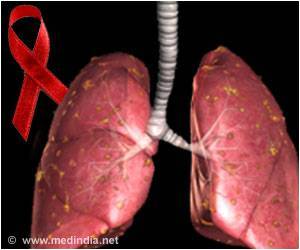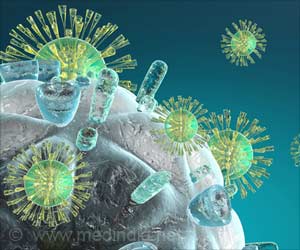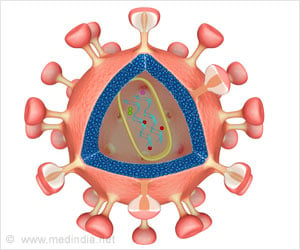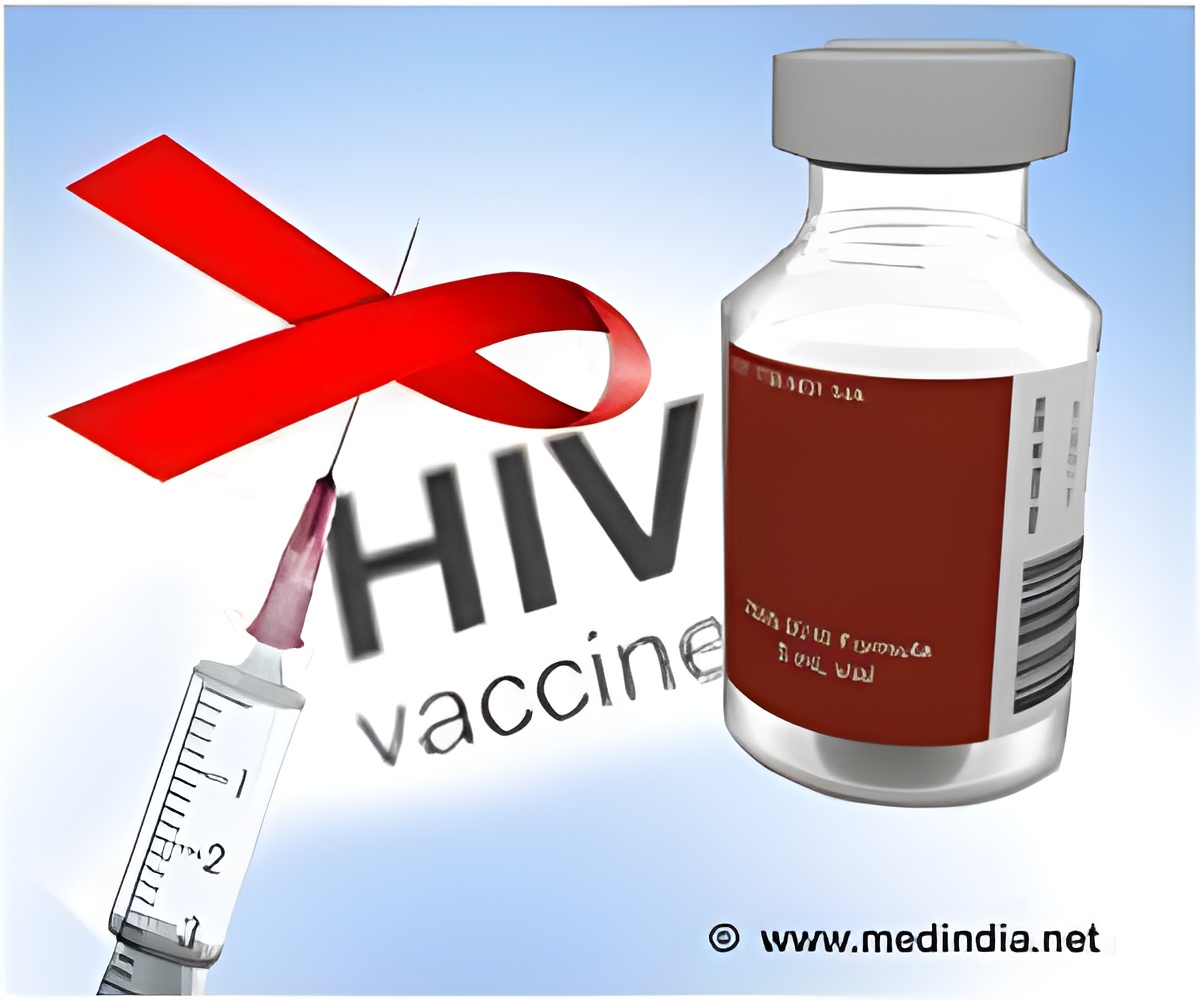
In a nonhuman primate model of HIV transmission, higher levels of viral target cells in gateway mucosal tissues were associated with an increased risk of infection.
The findings suggest that vaccine researchers, when evaluating potential HIV/AIDS vaccines, may need to steer away from those that activate too many viral target cells in mucosal tissues.
"One of the reasons why it has been so difficult to make an AIDS vaccine is that the virus infects the very cells of the immune system that any vaccine is supposed to induce," says senior author Guido Silvestri, chief of microbiology and immunology at Yerkes National Primate Research Center.
A large part of the vaccine effort has been focused on developing vaccines that stimulate antiviral T cells.
T cells come in two main categories, defined by the molecules found on their surfaces.
Advertisement
"This study shows that if a vaccine induces high levels of activated CD4+ T cells in mucosal tissues, any potential protective effect of the vaccine may be hampered," he explains.
Advertisement
Source-Medindia






